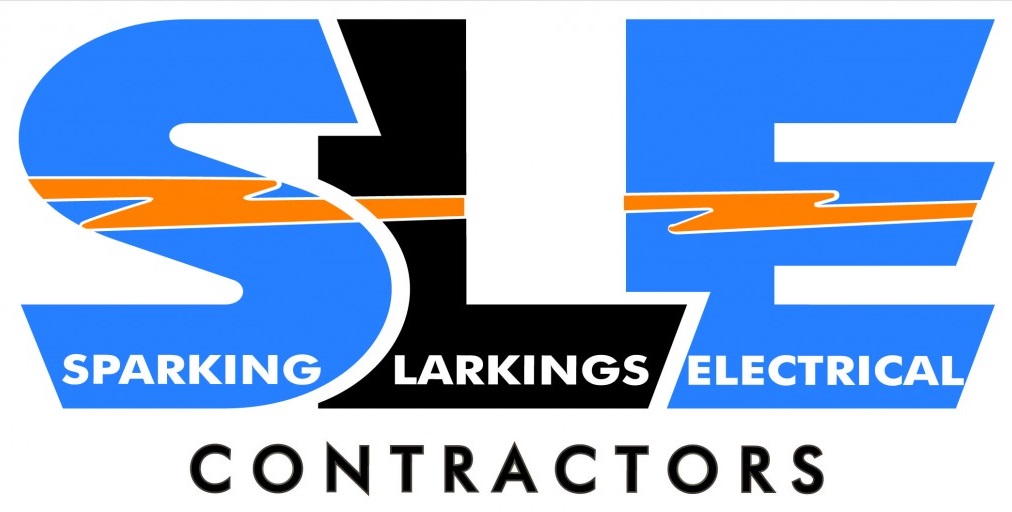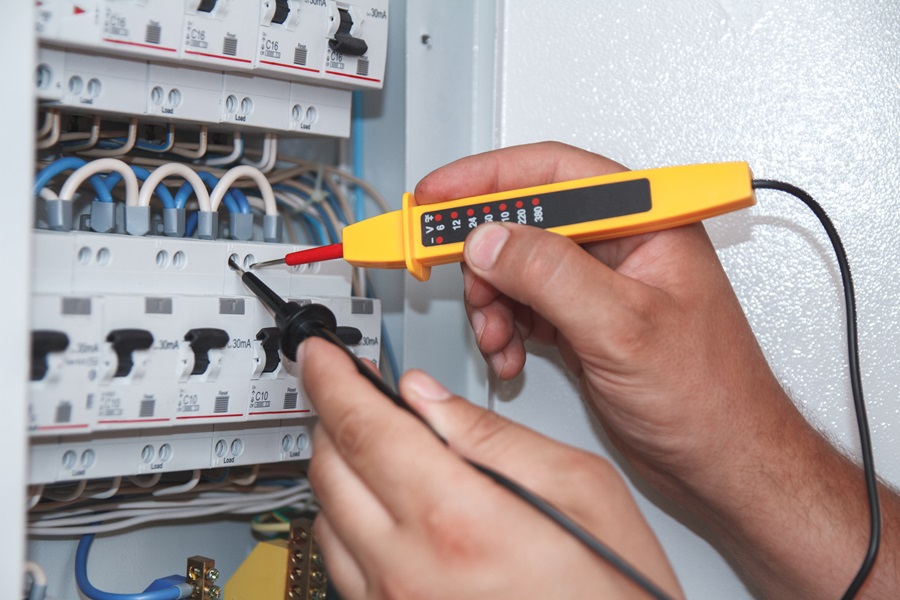Ensuring the safety of your family at home is a top priority, and a key component of that safety is your home’s electrical system. Electrical hazards can lead to accidents, injuries, and even fires, making it crucial to regularly assess your home’s electrical safety. Fortunately, conducting a home electrical safety audit doesn’t have to be overwhelming, thanks to our comprehensive step-by-step checklist specifically designed for Aussie families.
This checklist will guide you through the process of inspecting various aspects of your home’s electrical system, from power outlets and switches to appliances and lighting. By diligently following this home electrical safety audit, you’ll be able to identify potential hazards and take the necessary precautions to ensure a safe living environment for you and your family. So grab your notepad and let’s get started on creating a secure, hazard-free home for your loved ones.
1. Inspect Power Outlets and Switches
Start your home electrical safety audit by examining all power outlets and switches, paying close attention to any signs of damage or wear, such as cracks, scorch marks, or discolouration. Ensure that all outlets and switches are securely fastened to the wall and not loose. Test each switch to confirm that it’s functioning correctly and doesn’t produce any unusual noises or smells when operating.
Plugging too many devices into a single outlet using power boards or double adapters can overload circuits, increasing the risk of fire. Be sure to distribute electrical loads appropriately and avoid using damaged or frayed cords and power boards.
2. Assess Extension Cords and Electrical Cables
Regularly inspect all extension cords and electrical cables for signs of wear or damage, such as exposed wires, fraying, or kinks. Damaged cords can cause short circuits, leading to electrical shocks or fires. Always keep cords away from heat sources, water, and high-traffic areas to reduce the probability of damage. Avoid running cords under rugs or heavy furniture, as this can cause wear and create a trip hazard. Replace damaged extension cords promptly and refrain from using them as permanent wiring solutions.
3. Test Safety Switches and Circuit Breakers
Safety switches, also known as residual current devices (RCDs), are designed to cut the power supply quickly in the event of an electrical fault, potentially preventing electric shocks. It’s essential to test your home’s safety switches every three months to ensure they’re in good working order. This can typically be done by locating the test button on your switchboard and pressing it – the switch should trip, cutting the power supply to the corresponding circuit.
Examine your home’s circuit breakers or fuses for signs of damage or wear and ensure they’re correctly labelled. If fuses or circuit breakers are continually tripping, this could indicate a more significant electrical issue, and it’s essential to consult a licensed electrician.
4. Inspect Lighting Fixtures
Check all lighting fixtures in your home for signs of wear, damage, or age, including lampshades, globes, and fittings. Keep an eye out for any discolouration or heat damage, indicating potential electrical hazards. Replace any damaged or non-working components and ensure light fittings and lampshades are not used beyond their specified wattage. Switching to energy-efficient LED lights can lower heat emission, reducing the likelihood of heat-related hazards, and help lower your energy bills.
5. Examine Appliances and Electrical Equipment
Inspect appliances and electrical equipment in your home, including kitchen appliances, TVs, computers, and chargers. Check for damaged plugs, frayed cords, or any other signs of wear. Always follow the manufacturer’s guidelines on appliance usage, and practice safety measures like unplugging appliances when not in use and avoiding the use of damaged equipment.
6. Verify Proper Earthing and Bonding
Earthing and bonding are crucial safety measures that help prevent electrical shocks and fires. Earthing provides a safe path for electric current to dissipate into the ground in the event of a fault, while bonding connects exposed conductive parts to the earthing system. Check for any visible signs of improper earthing, such as missing earthing wires, or damaged earthing and bonding connections. If you’re unsure about the integrity of your home’s earthing and bonding, consult a licensed electrician for an expert assessment.
7. Install and Test Smoke Alarms
Smoke alarms are crucial in providing early detection of fires, allowing occupants to respond swiftly and potentially prevent significant damage or loss of life. Smoke alarms should be installed in each bedroom, hallway, and living area, with additional alarms required for larger homes. Test your smoke alarms monthly by pressing the test button and replace batteries annually. Smoke alarms should be replaced every ten years or as per the manufacturer’s recommendations.
8. Educate Your Family on Electrical Safety
Ensuring that every member of your family is aware of basic electrical safety principles is critical. Teach children the importance of never playing with electrical appliances or cords and the dangers of inserting objects into power outlets. Create an emergency plan that outlines steps to follow in case of an electrical fire or other emergencies.
Conducting a thorough home electrical safety audit using this step-by-step checklist is an excellent way to identify potential hazards and mitigate risks for Aussie families. Consulting a licensed electrician for regular inspections and addressing any concerns is crucial in maintaining a safe living environment for you and your loved ones.
Prioritise Your Family’s Safety with Expert Electrical Assistance
By conducting a regular home electrical safety audit, you’re taking a proactive approach in safeguarding your family and property. However, it’s essential to remember that the complexities of electrical systems often require the assistance of a licensed professional for more significant issues or in-depth safety evaluations. At Sparking Larking Electrical Contractors, we understand the importance of ensuring your home is safe, efficient, and compliant with Australian safety standards. Our licensed electricians provide expert advice, inspections, and high-quality electrical services tailored to your needs.
Don’t leave your family’s safety to chance. Reach out to Sparking Larking Electrical Contractors today to discuss any concerns you might have or to schedule a comprehensive home electrical safety inspection. Let us assist you in achieving peace of mind by creating a hazard-free living environment for your loved ones.

